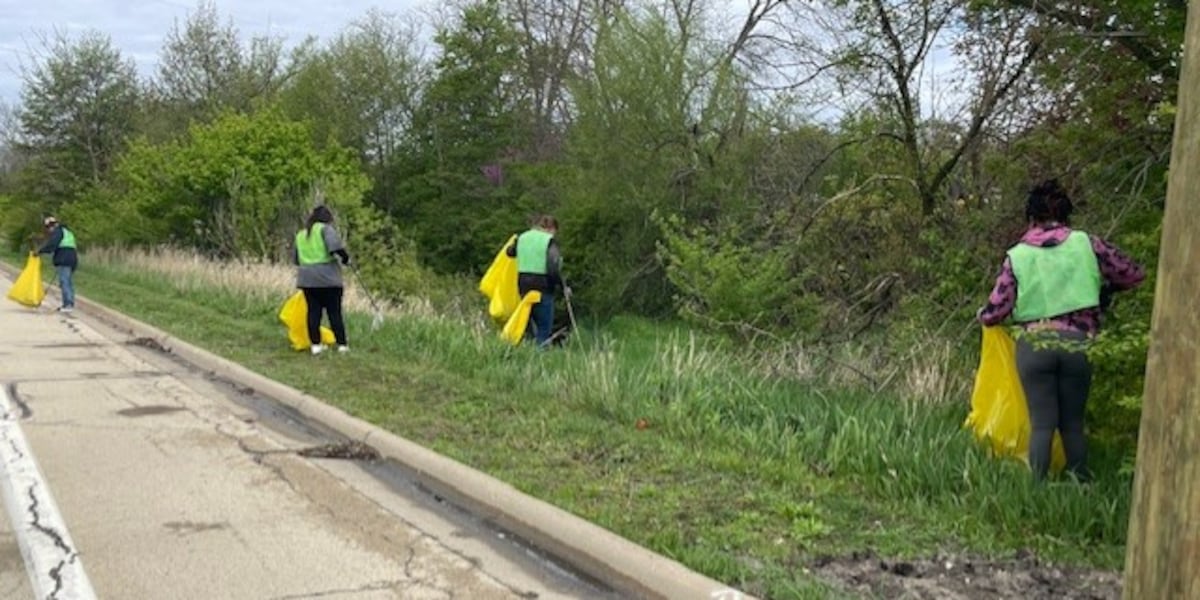Green Warriors: Local Volunteers Wage War on Pollution Along Keith Creek

On a crisp morning, community spirit shone brightly as dedicated volunteers gathered for Miracle Mile's 21st Annual Clean-Up Day. Residents and local activists united with a shared mission: to revitalize their beloved neighborhood and protect the environment.
Armed with gloves, trash bags, and an infectious enthusiasm, participants spread across the area, transforming streets, parks, and public spaces. From picking up litter to clearing overgrown areas, each volunteer played a crucial role in beautifying the community.
The event not only improved the neighborhood's appearance but also fostered a sense of collective responsibility. Neighbors worked side by side, strengthening community bonds and demonstrating the powerful impact of grassroots environmental stewardship.
As the morning progressed, piles of collected trash revealed the significant difference a motivated group can make. The 21st annual clean-up served as a powerful reminder that small actions can create meaningful change, one neighborhood at a time.
